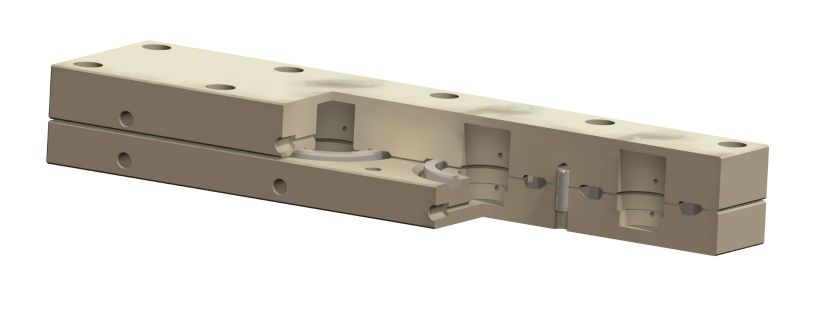The Go>3D System: a versatile tool for tissue culture
Classical 2D cell culture is important for many standard procedures, but real cellular behavior takes place in a 3D-environment. Step up to more realistic in vitro tissue models by using perfusion and mechanical stimulation in your routine culture. GO>3D provides you with easy to use, versatile and robust systems that easily integrate into lab life to enhance your cell culture workflow. Made from highest quality PEEK implant material, galvanized aluminum and medical standard connectors and tubing, GO>3D is built to last and survive many cycles of cleaning and autoclaving. Since we work in research ourselves, we have realized this at a price that fits into funding budgets, by serializing production of a design that is open for many different settings and modifications. With statistical analysis in mind, every unit features four wells for simultaneous sample incubation, transferring directly from a column of standard tissue culture plates. Enter the fascinating world of three dimensions in tissue culture, discover how easy it is to GO>3D!
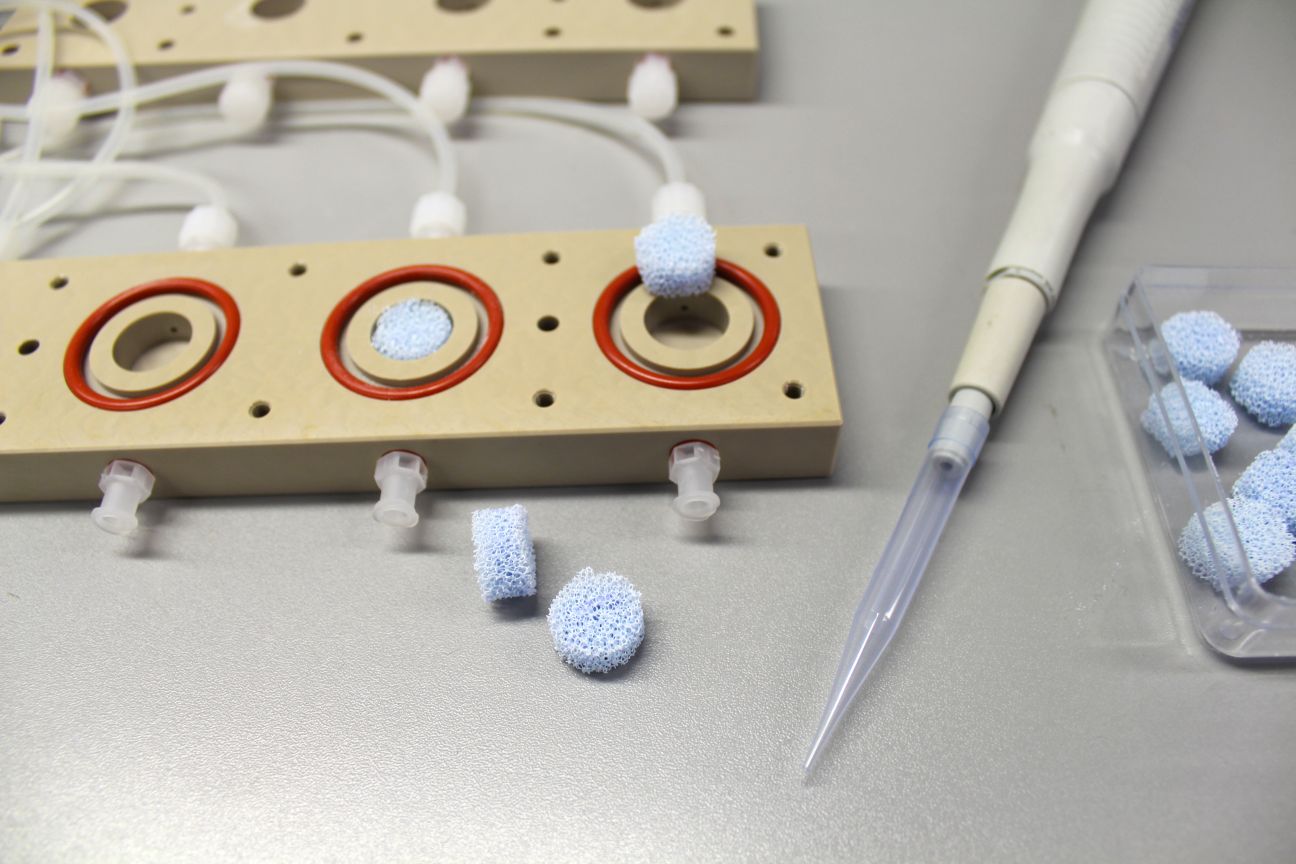
Physiology in 3D Cell Culture

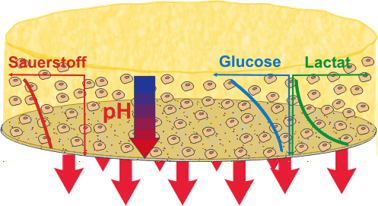
The metabolism of the cells produces a gradient of oxygen, nutrients and pH in the scaffold. This leads to a marked gradient of cellular vitality and activity from the edges towards the center and ultimately to the death of cells towards the center. Thus, when measuring activity of ATDC5 cells in 3D scaffolds after 1 week of culture, the total activity decreases when edge/middle ratio becomes lower.

The „500µm-Boundary“: diffusion in 3D-scaffolds is very limited
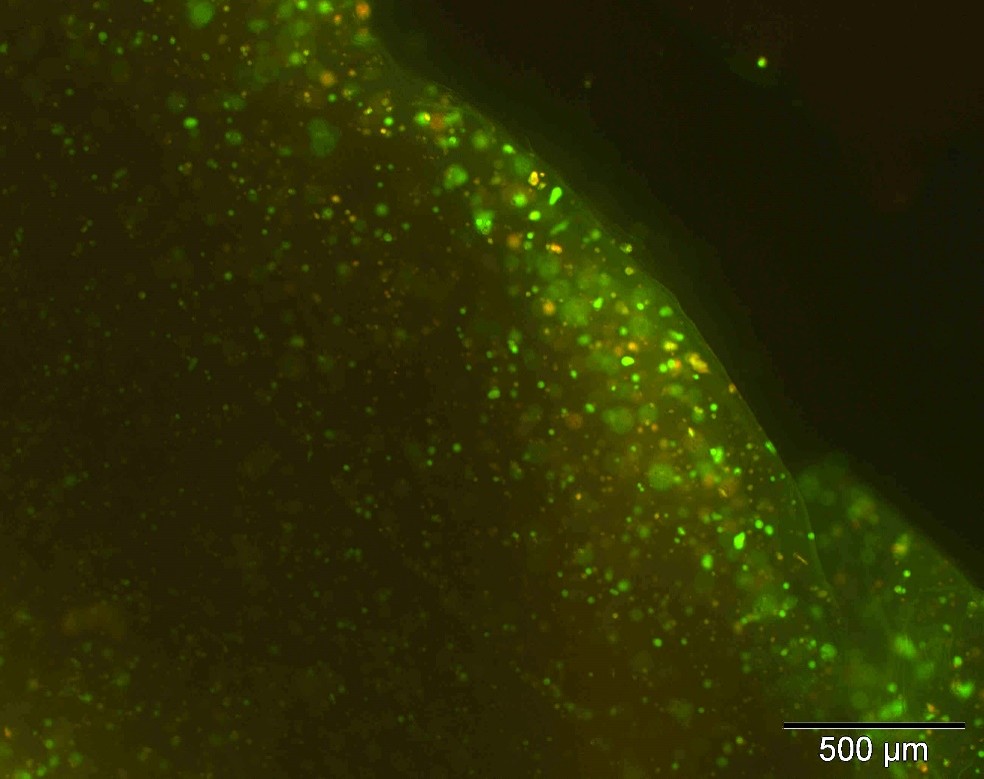
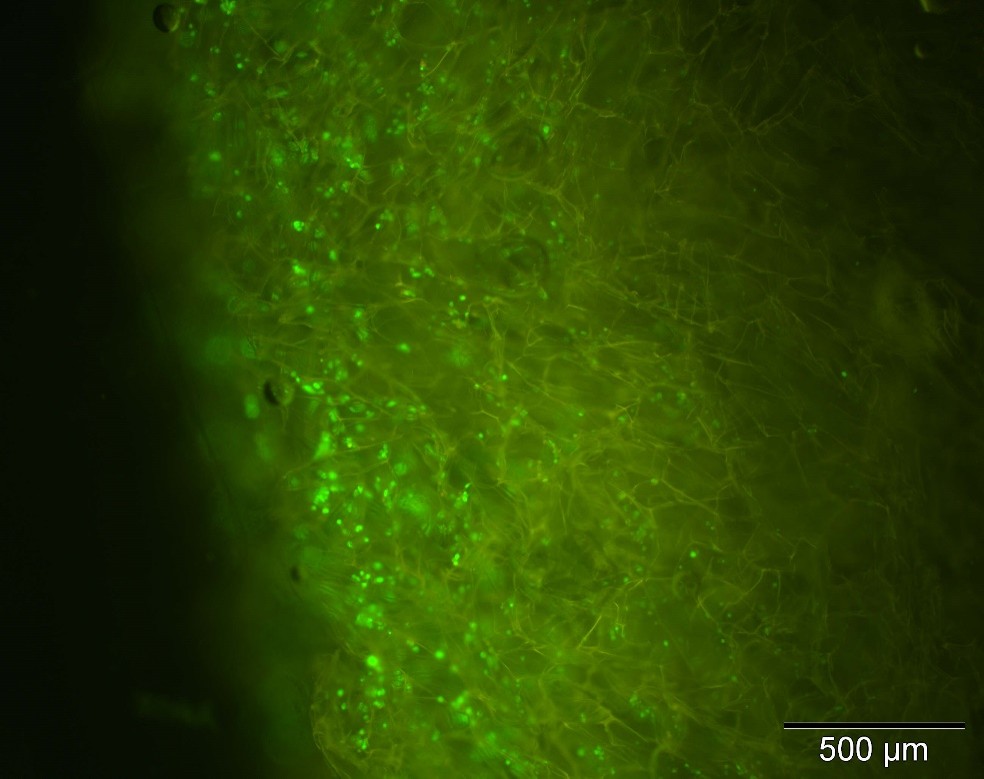
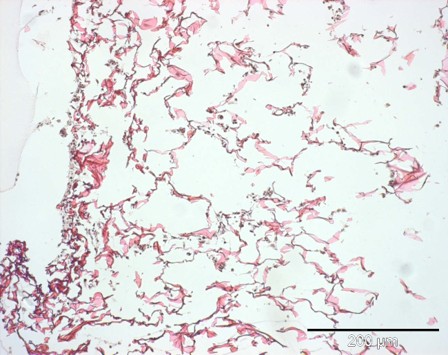
ATDC5 after 14d culture in 2% alginate (left) and chitosan-scaffolds (middle); calcein AM stain, right: H.E. in paraffine thin section
The same observation in different static cell 3D cell cultures: in the first 500µm, cells thrive, then further inward they do not develop. Diffusion measurement experiments confirm the extremely low rate of static diffusion. For vital 3D cell cultures, perfusion or even compression is needed.
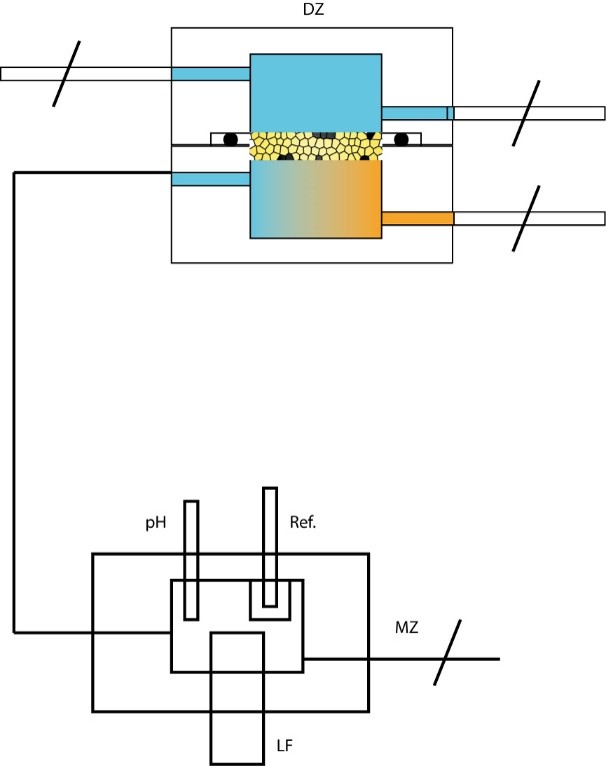
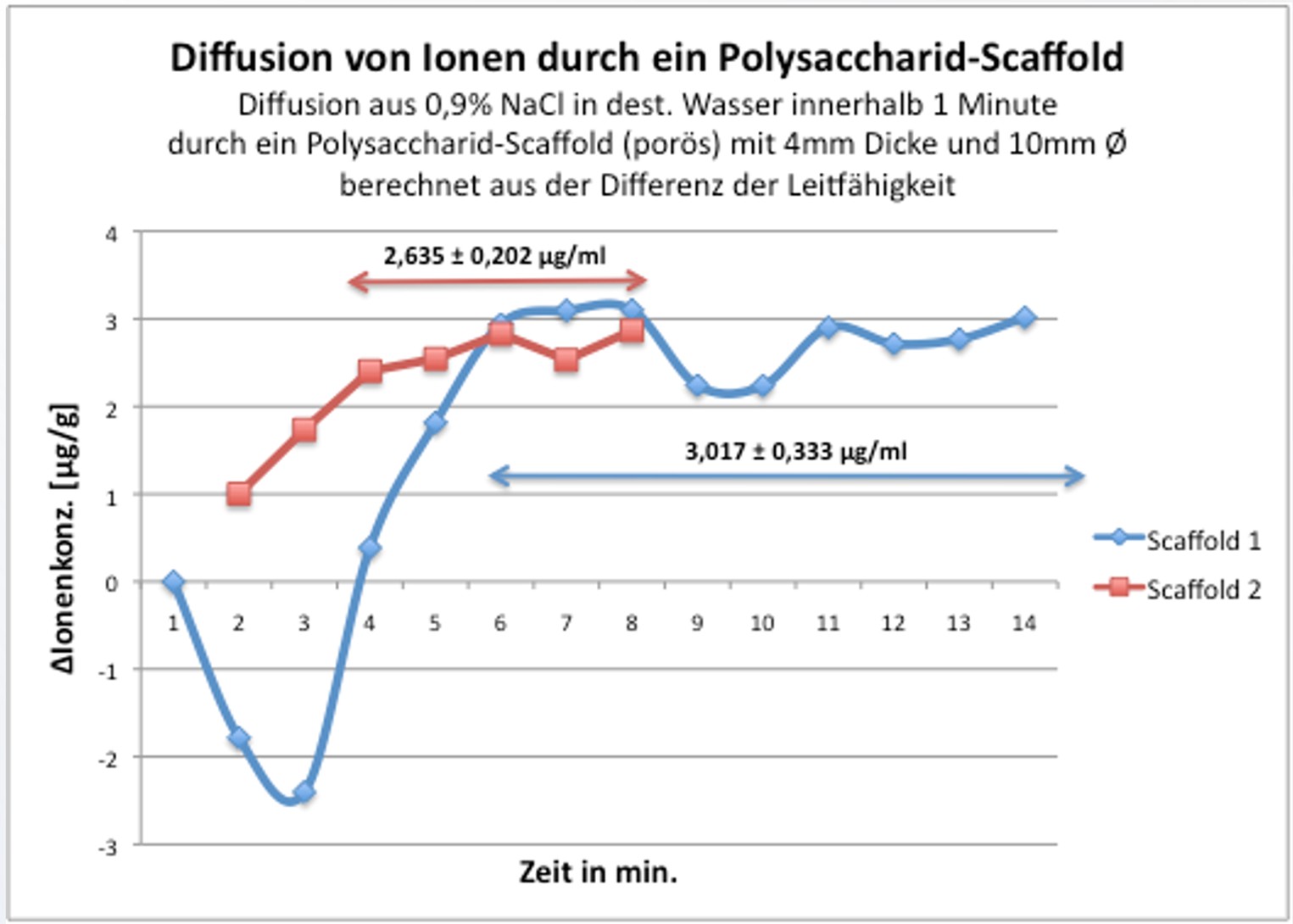

3D culture need bioreactors
